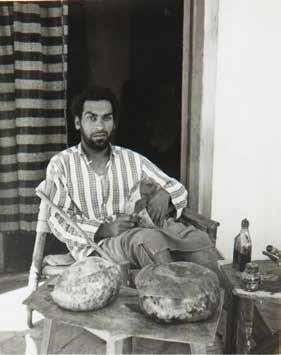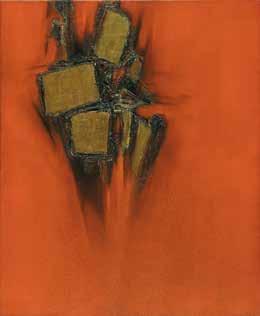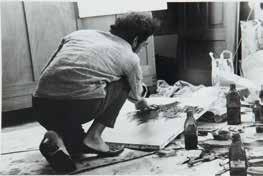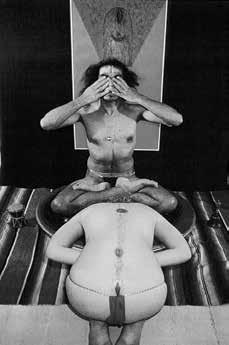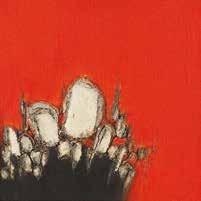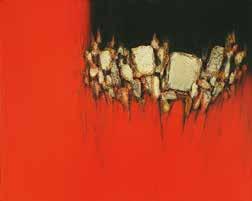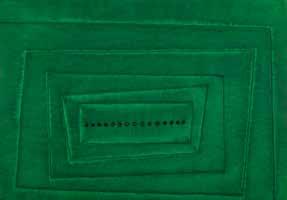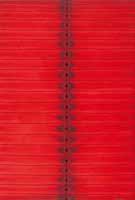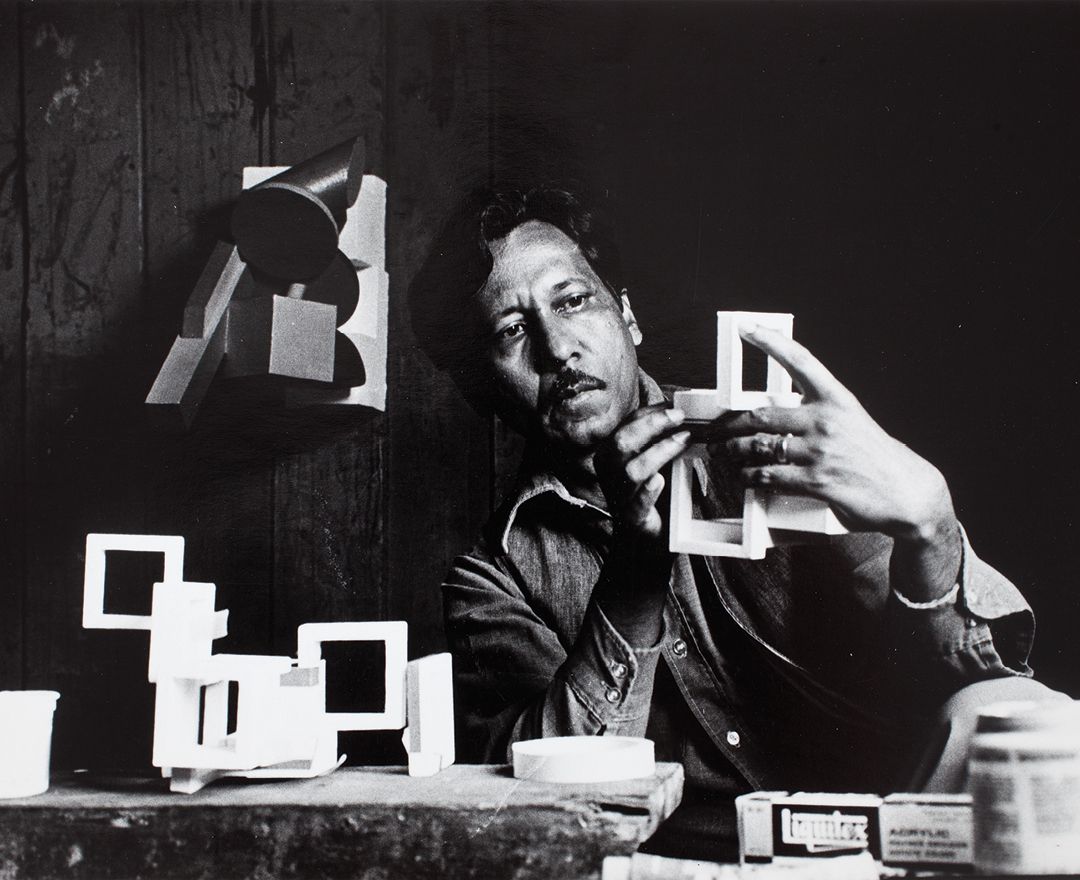Sohan Qadri
ARTIST TIMELINE
ARTWORKS
|
1932 - 2011 Sohan Qadri |
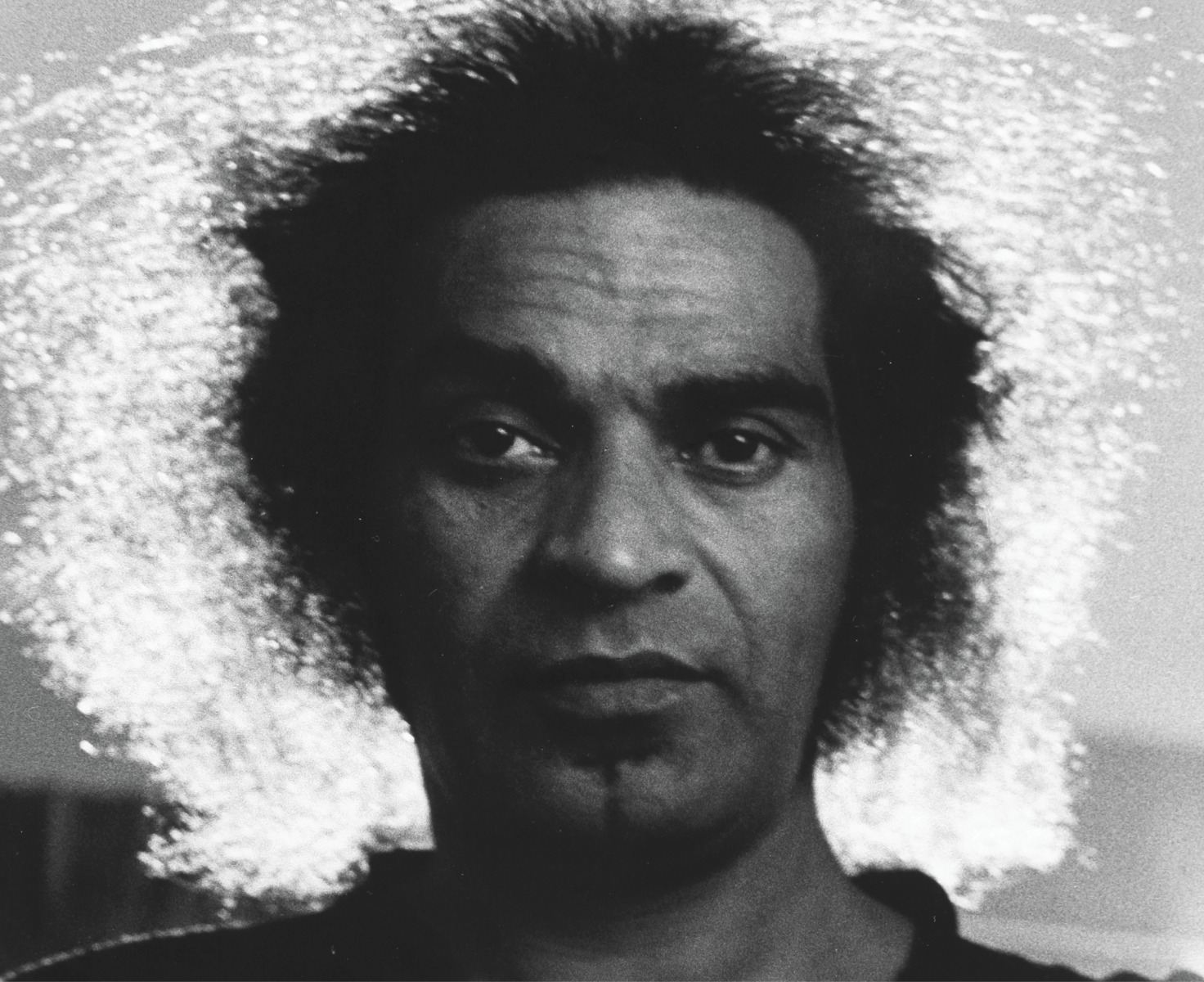
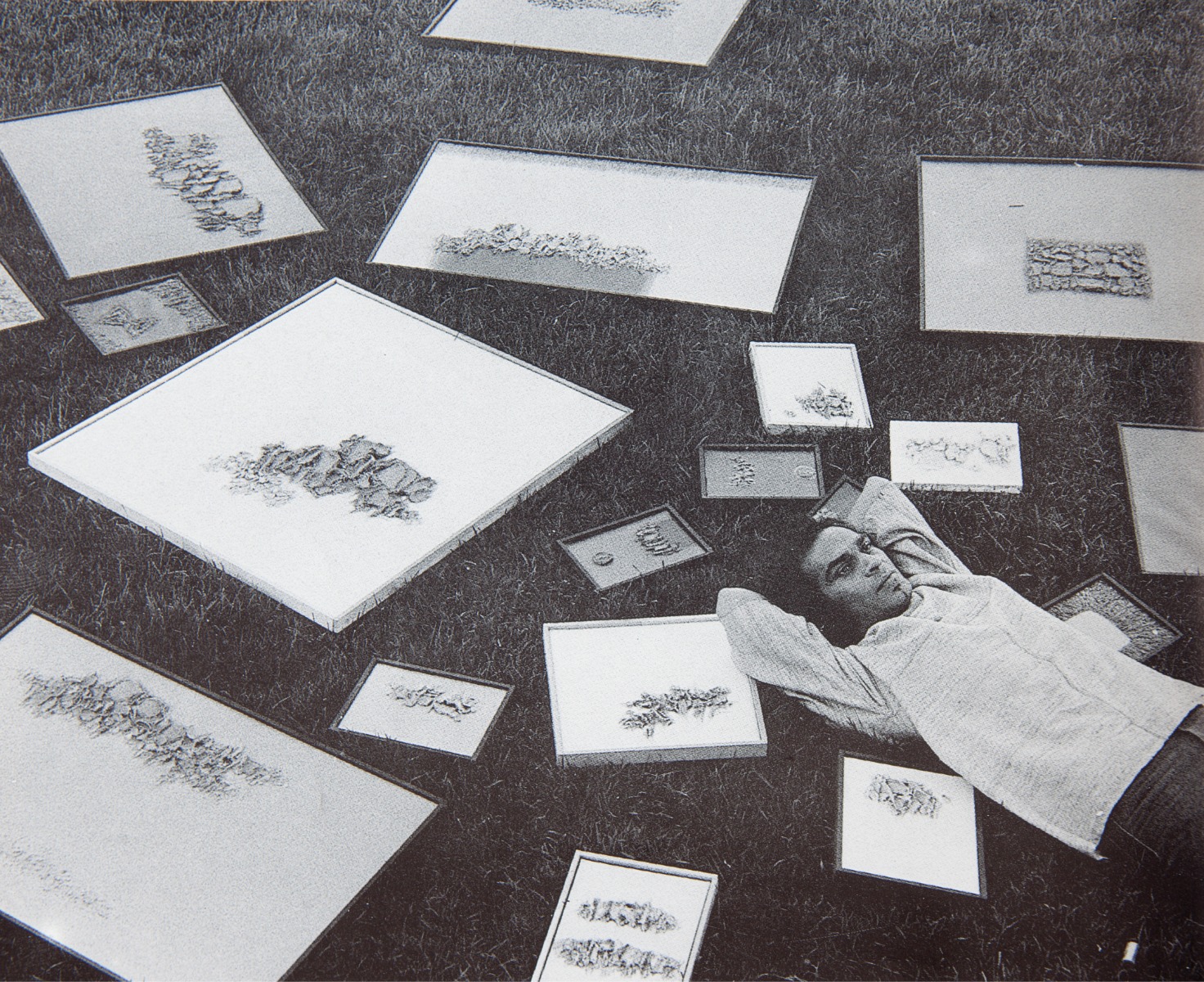
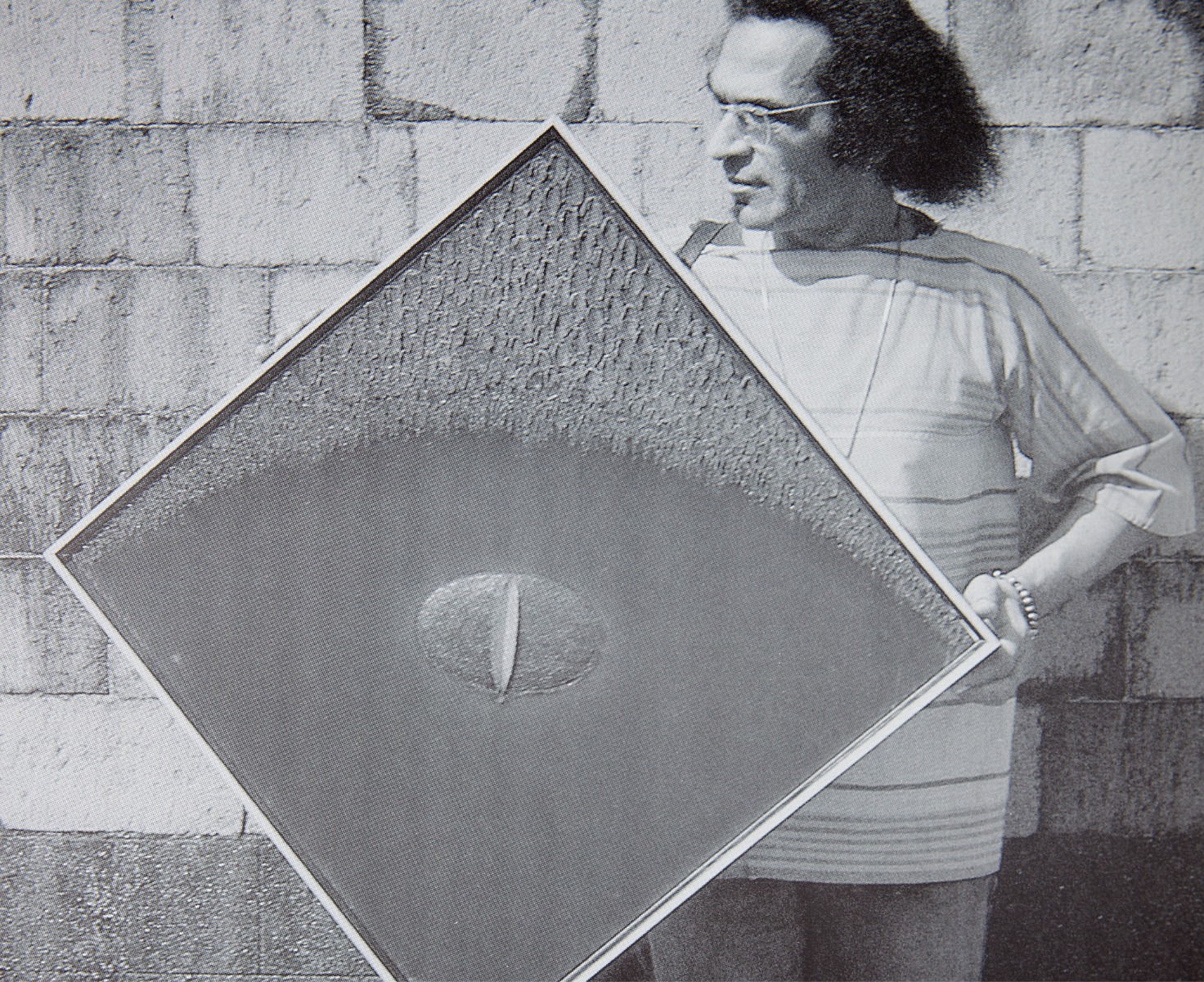
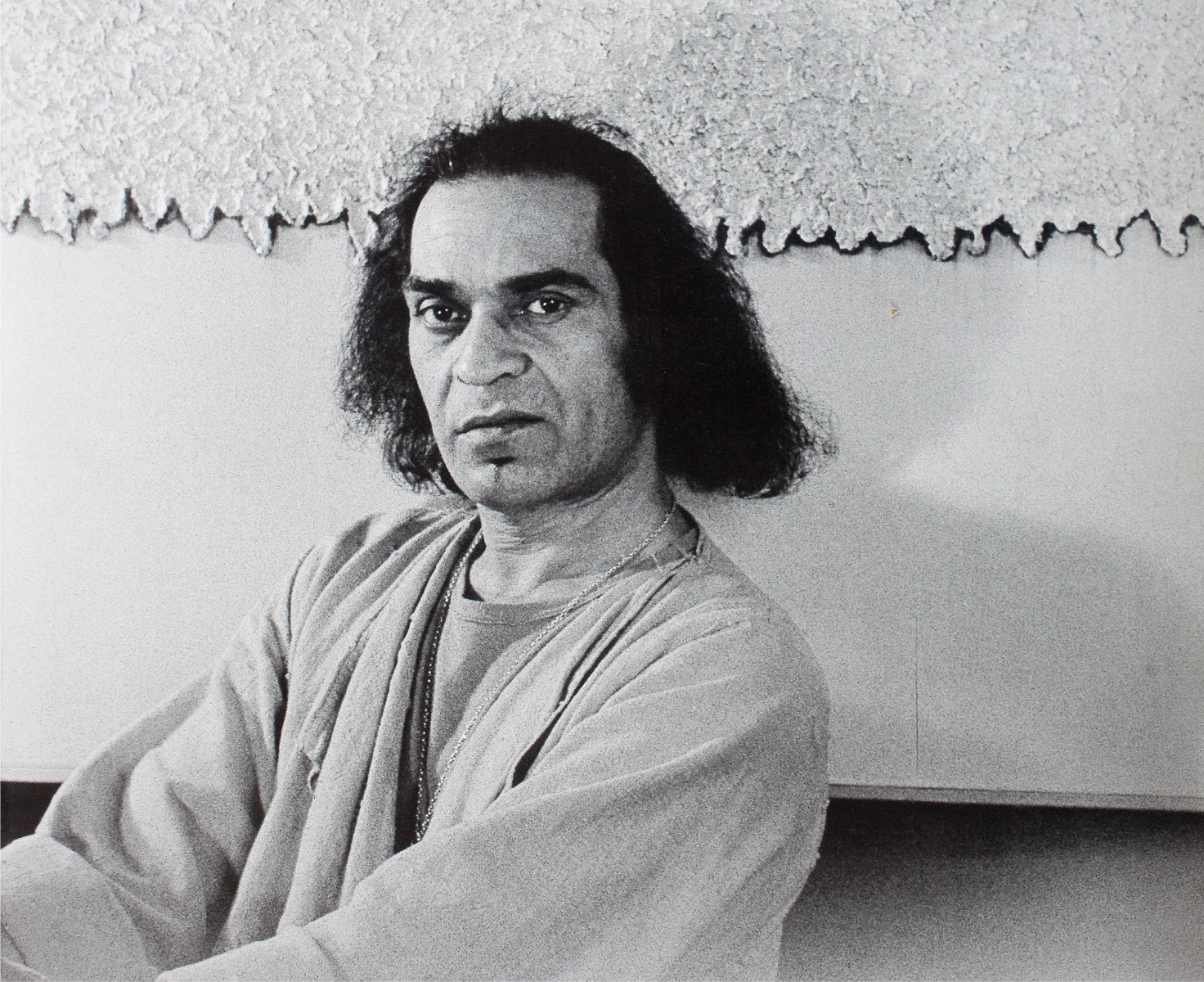
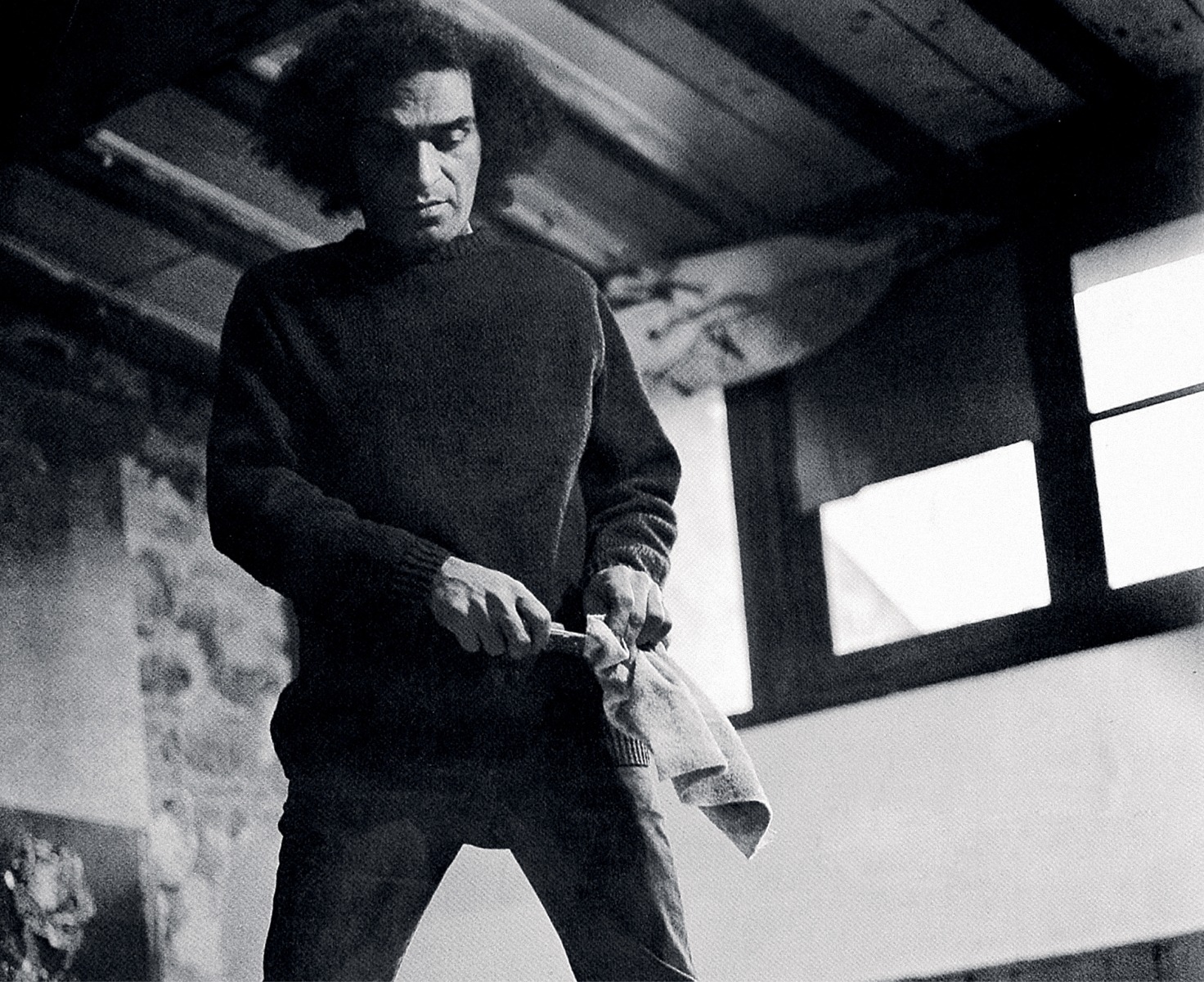

‘What I try to express in my art is a synthesis of emptiness and peace, radiating power’
SOHAN QADRI
artist timeline
artworks
dag exhibitions
|
The ‘Manifestations’ series of 20th Century Indian Art, Editions V, VI, VII, VIII, IX, X, XI |
|
DAG, New Delhi and Mumbai, 2011-14 |
|
‘Indian Landscapes: The Changing Horizon’ |
|
DAG, New Delhi, 2012 |
|
‘Indian Abstracts: An Absence of Form’ |
|
DAG, New Delhi, 2014; Mumbai and New York, 2015 |
|
‘Indian Divine: Gods & Goddesses in 19th and 20th Century Modern Art’ |
|
DAG, New Delhi and Mumbai, 2014 |
|
‘India Modern: Narratives from 20th Century Indian Art’ |
|
DAG, New York, Mumbai, New Delhi, 2015; Chandigarh, 2017 |
|
‘Memory & Identity: Indian Artists Abroad' |
|
DAG, New York, 2016; Mumbai, 2017 |
|
‘The Sixties Show’ |
|
DAG, Mumbai, 2020 |
|
'Iconic Masterpieces of Indian Modern Art’ |
|
DAG, Mumbai, 2021 |
|
'Tantra on the Edge: Inspirations and Experiments in Twentieth Century Indian Art' |
|
DAG, Mumbai, 2022 |
|
'Soliloquies of Solitude: Five Indian Abstractionists in the West' |
|
DAG, Mumbai, 2023 |
notable collections
|
National Gallery of Modern Art, New Delhi |
|
Lalit Kala Akademi, New Delhi |
|
Government Museum and Art Gallery, Chandigarh |
|
Punjab University Museum, Chandigarh |
|
Pierre Jeanneret Collection, Paris |
|
Slupsk Museum of Modern Art, Slupsk |
|
Robert Thurman Collection, New York |
|
Hitachi Capital Collection, New York |
|
Peabody Essex Museum, Salem, Massachusetts |













